Read the latest research from our department
Recent research by Biology faculty includes a variety of topics relating to deep sea ecology, bees, and sea dragon’s genes. Craig Young of Oregon Institute of Marine Biology recently obtained funding for IMAX filming of his work on deep sea ecology, tentatively titled, “Born in the Abyss.” Lauren Ponisio from the Institute of Ecology and Evolution, is working on establishing pollinators, such as bees, in burned forests. Biologists in the Cresko Lab are working on sequencing the genomes of sea dragons.
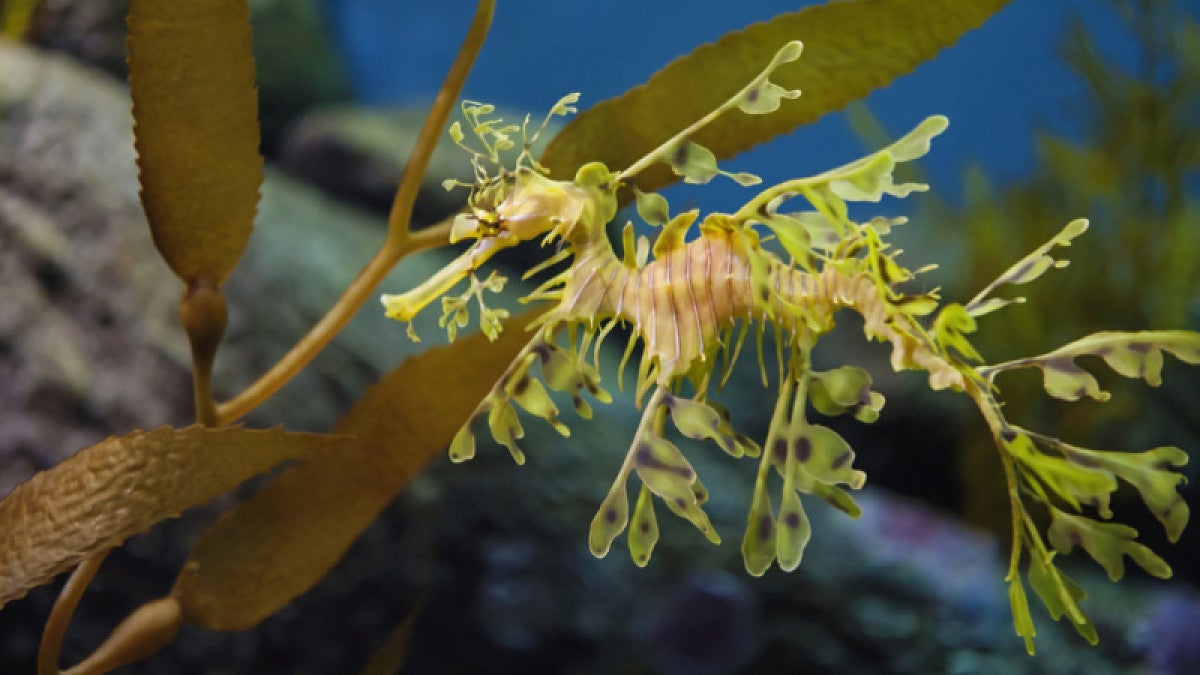
Leafy and weedy sea dragon genomes connect genic and repetitive DNA features to the extravagant biology of syngnathid fishes
Bill Cresko, professor of Biology
By sequencing the genomes of two species of sea dragons, UO researchers have found genetic clues to the fish’s distinctive features: They’re missing a key group of genes found in other vertebrates. Those genes help direct the development of the face, teeth and appendages, as well as parts of the nervous system.
Read the published research in Proceedings of the National Academy of Sciences and a story about Cresko’s work in Around the O.

How does fire maintain pollinator biodiversity and community resistance and health?
Lauren Ponisio, assistant professor of Biology
In forests across the western U.S., the interaction between land management and climate change is leading to increasingly large proportions of high-severity fire, where >75% of trees are killed. As high-severity patch size and density increases within larger wildfires, so does the isolation of such areas with increasing distance from areas experiencing lower burn severity. The implications of increasing the wildfire disturbance severity and size for community assembly are poorly understood, particularly for keystone groups like insect pollinators that are critical for the maintenance of biodiversity. In collaboration with National Council for Air and Stream Improvement (NCASI) we are surveying the 2020 Oregon and Northern California fires.
Read about Lauren’s research in Around the O.
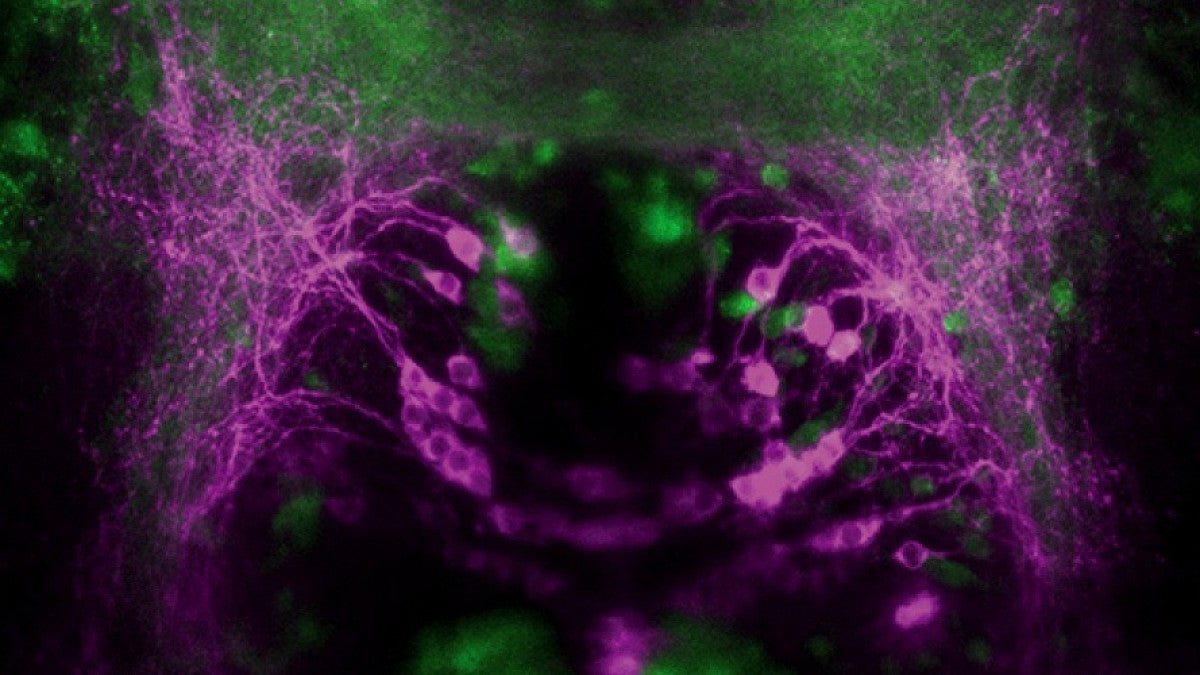
Egr1 Is Necessary for Forebrain Dopaminergic Signaling during Social Behavior
Philip Washbourne, associate professor of Biology, and Judith Eisen, professor of Biology and Neuroscience
In humans, mutations in the EGR1 gene have been linked to mental health conditions like schizophrenia and depression, and they also appear to play a role in autism. So understanding more about how this gene shapes social behavior could help researchers unravel the biological basis for a number of complex conditions that have strong social components.
Read the published research in the Journal of the Society for Neuroscience and a story about Eisen and Washbourne’s research in Around the O.
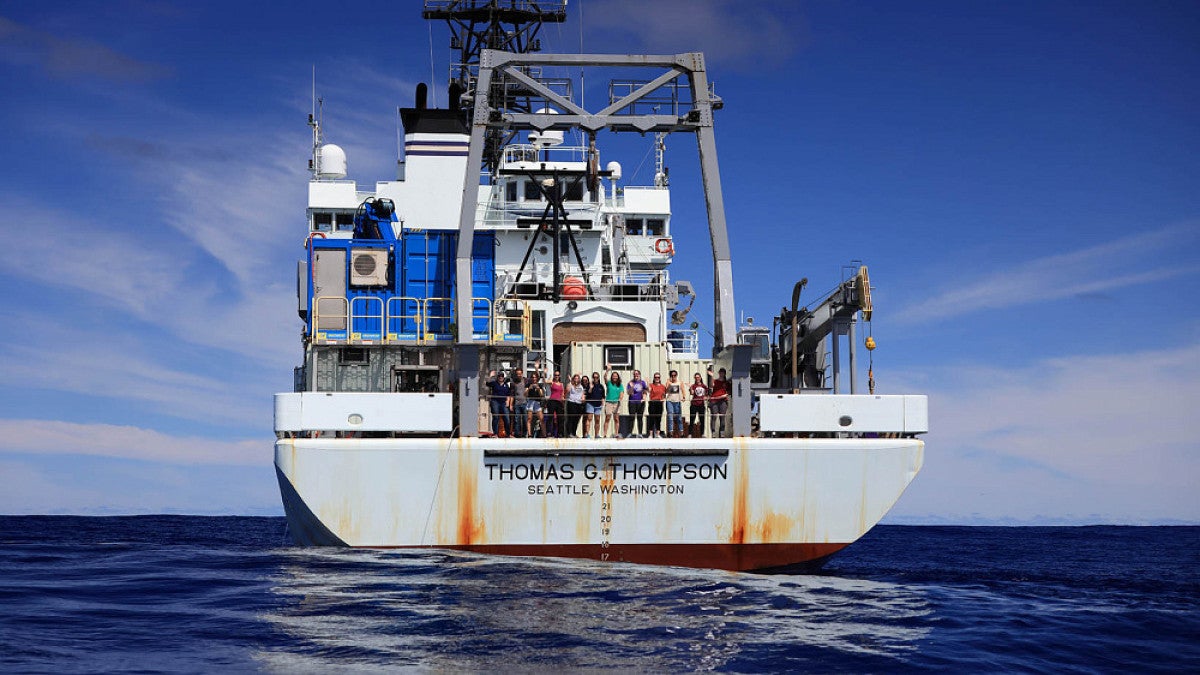
IMAX film - tentatively titled “Born in the Abyss”
Craig Young, director of the Oregon Institute of Marine Biology (OIMB) with co-investigators George von Dassow (OIMB faculty) & Trish Mace (CMLC Director at OIMB)
The IMAX film is funded by the National Science Foundation grant for $3 million that will focus on the diverse ecosystem on the abyssal sea floor. The film will feature the unique larval systems that help maintain the ecosystem. The film will use footage from Alvin and Jason, submersibles from the U.S. Oceanographic fleet, with a spotlight of women in STEM.
Read about the IMAX project in Around the O.
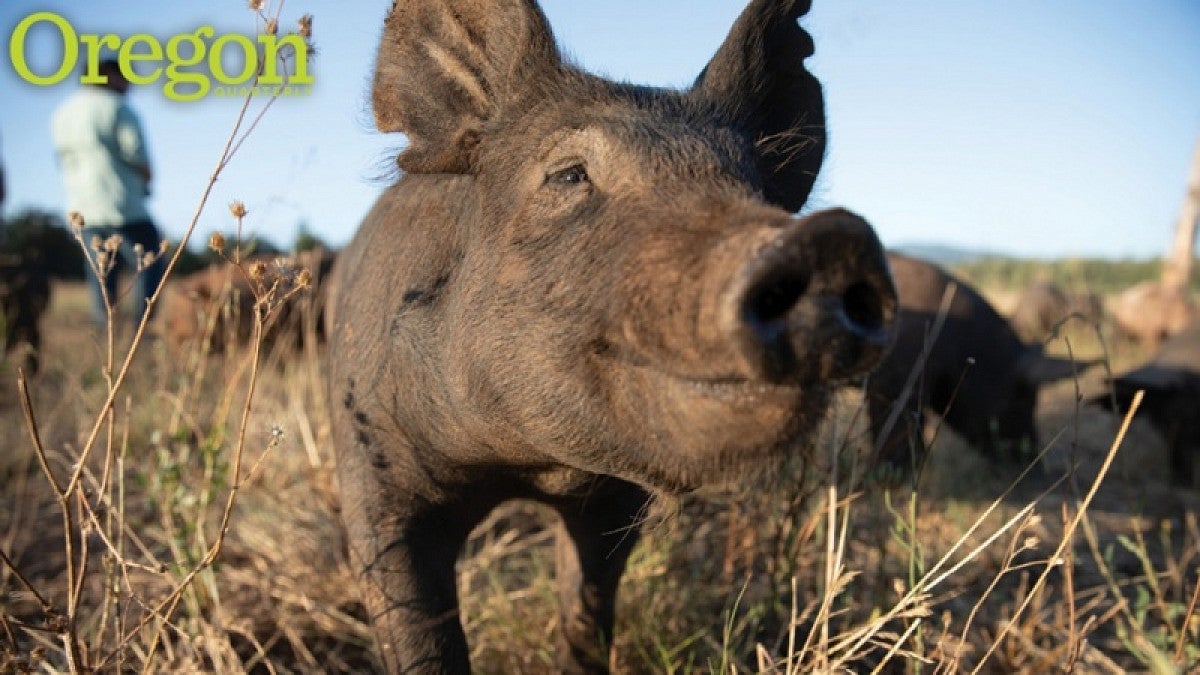
Hogs and hazelnuts: adaptively managing pest spillover in the agricultural-wildland matrix
Lauren Hallett, assistant professor of Biology and Calvin Penkauskas, Biology and Environmental Science student
Pest spillover from wildlands to farms can create conflict between habitat conservation and agricultural production. For example, the key economic pest of hazelnuts in Oregon’s Willamette Valley is the filbertworm (Cydia latiferreana), a moth hosted by the native Oregon white oak (Quercus garryana). Oak habitat near hazelnut orchards can sustain source populations that compound pest load in hazelnuts throughout the growing season. This dynamic is of conservational concern as historical oak habitat has been greatly reduced and what remains is almost entirely on private land, often in proximity to hazelnut orchards. Here, we present a novel strategy to reconcile this regional conflict by using hogs (Sus domesticus) to reduce pest populations through prescribed foraging. From 2018 to 2020 we prescribed hog-foraging in early fall to glean filbertworm-infested acorns from an oak woodland understory. Hogs were both highly successful at reducing the total number of infested acorns and the ratio of infested acorns the following year.
Read the research published in Agroforestry Systems journal and a story about the research in Around the O.
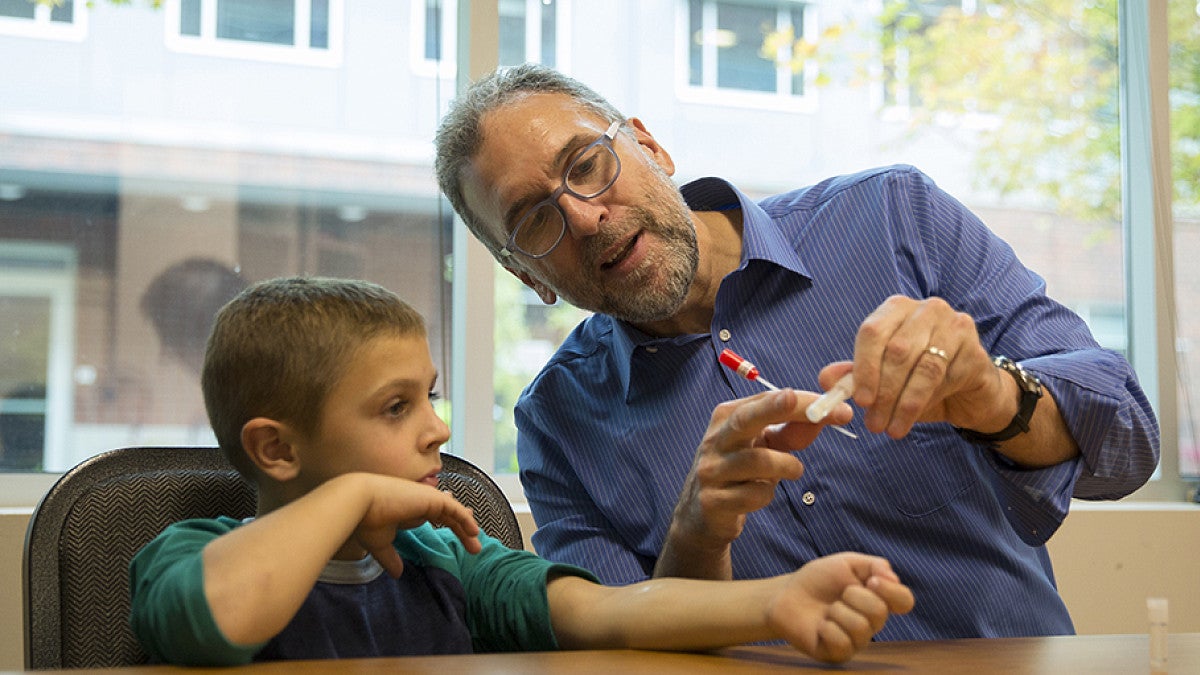
Shared Environment and Genetics Shape the Gut Microbiome after Infant Adoption
Bill Cresko and Brendan Bohannan, professors of Biology at the Institute for Ecology and Evolution
In collaboration with Hannah Tavalire, a research associate at the UO’s Prevention Science Institute, College of Education professor Leslie Leve, anthropology professor Nelson Ting and anthropology doctoral student Diana Christie, they found that the early home life environment impacts guts microbiomes in childhood.
Read the published research in the Journal of the American Society for Microbiology and a story about the research in Around the O.

